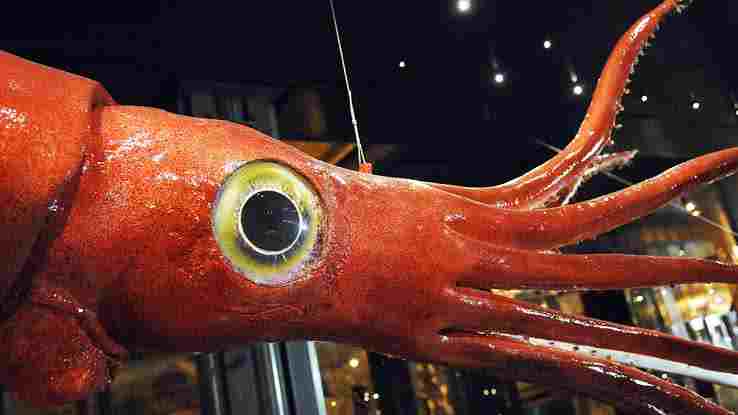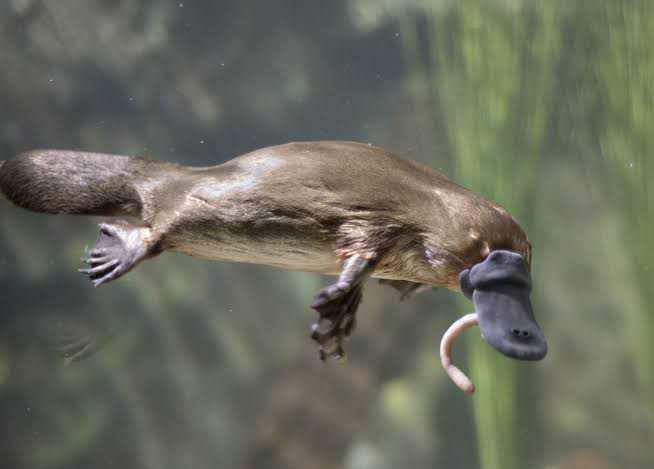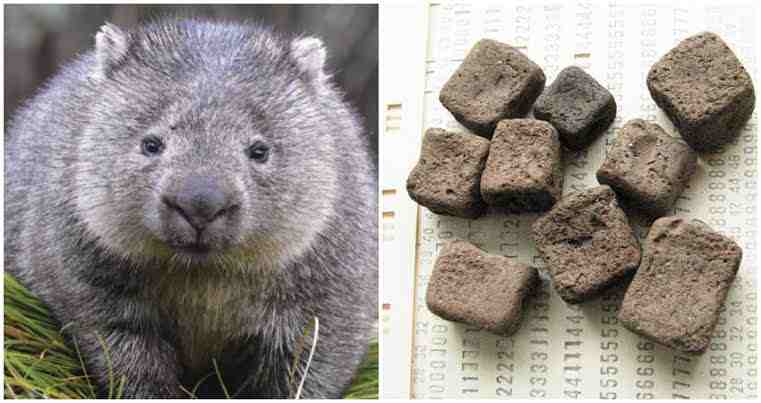Topics in Biology
Cellular respiration in biology Len Academy biology mock questions for waec Len Academy biology midterm questions for SS1, 2nd Term Characteristics of saltwater habitat Aquatic habitat explained with its types Types of habitat: Terrestrial habitat explained with examples What is habitat? Difference between plant cell and animal cell Nucleus explained with its structures Nucleus explained with its types and functions Organelles of the cell explained with their characteristics Eukaryotic cell explained with its characteristics Prokaryotic cell explained with its structure Characteristics of prokaryotic cell Concept of cell Cell theory in biology Importance and limitations of ecological pyramid Protists explained with their characteristics Contents of the scrotum: Epididymis, vas deferens, spermatic cord and cremaster muscle Tropical savanna explained with its characteristicsAcademic Questions in Biology

From the above diagram, which of the organ below isn't a requirement for the male reproductive system?
A. Bladder
B. Ureter
C. Glans Penis
D. Testis
E. Bulbourethral Gland
F. Epididymis
A walnut shaped male accessory sex organ located between the bladder and penis is the _____.
A. Ductus Ejaculatorii
B. Bulbourethral Gland
C. Prostate Gland
D. Ductus Deferens
E. Seminal Vesicles
F. Epididymis
In a food chain, the primary consumers are classified under trophic level _____.
A. Zero
B. One
C. Two
D. Three
E. Four
F. Five
Cold blooded animals are referred to as _____.
A. Homeotherms
B. Endotherms
C. Poilokitherms
D. Ectotherms
E. Thermotherms
F. None of the above
All reptiles are vertebrates.
A. True
B. False
_____ cells are responsible for the formation of osteoblasts.
_____ is a bone that constitute the axial skeleton.
Which of the following is false concerning cartilages and bones?
The male accessory sex glands are very important in the formation of semen. Without their secretions, the released sperm (via ejaculation) may not be able to fertilize the female's ova (egg).
In a previous article, we looked at the penis, scrotum, testes, epididymis, spermatic cord, cremaster muscles and vas deferens as structures of the male reproductive system.
Please read on the male reproductive system (penis and its parts) here.
The male accessory sex glands include:
The aforementioned glands are called accessory because they interact with the male sex cells (sperm) just before they are released from the external urethral orifice of the penis. You can think of the external urethral orifice as the opening on the tip of the penis.
Understand that the accessory glands are also vital in the normal functioning of sperm cells. Their secretions together with the sperm give rise to semen.
In order to better comprehend the male accessory glands, some understanding on the ejaculatory ducts are required. It is summarized below:
Also called the ductus ejaculatorii, they are paired structures formed by the union of the vas deferens (or ductus deferens) and the duct of the seminal vesicle.
The ejaculatory ducts are approximately 2cm in length and they function to convey semen during its movement into the prostate gland and its eventual drainage into the urethra.
The image below shows the ejaculatory ducts in the diagram; (as explained in the above paragraph):

Blockage of the ejaculatory ducts will result into a clinical condition called Ejaculatory Duct Obstruction.
Note: If both ducts are obstructed, the patient will suffer from either aspermia (an absence of sperm) or azoospermia (low sperm count). The operation carried out to remove the obstructed or blocked ejaculatory ducts is termed transurethral resection.
You can read on the scrotum and its contents here.
Now, let's look at the prostate as a male accessory gland of reproduction.
Located between the bladder and the penis; and just in front of the rectum is the prostate gland which is a muscular structure that looks like the size of a walnut. Please see the diagram below:

It is the function of the prostate gland to secrete a fluid called prostatic fluid into the contents of the ejaculatory duct (that is; sperm).
The prostatic fluid which appears to be somewhat milky in appearance is vital for the normal functioning of sperm; in addition to protecting it.
Also attached to the prostate are the seminal vesicles which secrete some additional fluid called seminal fluid into the sperm before ejaculation occurs.
The prostatic fluid is slightly acidic and seminal fluid, alkaline. Together with other fluids secreted into the sperm, they give rise to semen.
Overall, the semen is slightly alkaline; and this helps to counteract the acidity of the vagina, thus protecting the sperm inside the vagina.
For ejaculation to occur in males, the prostate gland must contract, thus pushing the semen into the urethra. During this process of contraction, the opening between the bladder and urethra is obstructed (closed); and for this reason, a male cannot urinate and ejaculate simultaneously (at the same time). Please see the above diagram.
Meanwhile, recall that urine flows from the bladder into the urethra.
As a male advances in age, they become more likely to have some clinical issues with their prostate gland.
Below are two clinical prostate conditions:
1. Prostate Cancer: This is one of the commonest cancers in males. When a patient delays the surgical operation of a prostate cancer, it’s called watchful waiting. It can be treated surgically via the removal of the prostate organ, or by radiation or hormonal therapy.
2. Prostatitis: This is an inflammation of the prostate gland. It is usually treated by using the appropriate antibiotics, as prescribed by the doctor.
You can read on the types of drug and their side effects here.
Kindly share this article via the links below:

Please click here to contact Alfred if you require any of the following services:
If you need a standard website at an affordable price.
Online training on the academic subjects: biology, chemistry and basic science.
If you require an advanced smart school management system (web application) for your school.
Click here to read on Len Academy Smart School Software.
Please click here to follow Len Academy on Google News.
Amazing facts in Biology
Russia is home to the largest area of forest in our world with a land mass of 815 million hectares

Giant squid lives deep in the ocean and they have the largest eyes in the world
The movements of the fingers are controlled by muscles of the palms and forehands

Platypus (sometimes referred to as the duck-billed platypus) is an egg-laying, semiaquatic mammal found in eastern Australia. It has no stomach and as such, its food goes from the mouth through the esophagus and directly to their intestines.

Pufferfish contain a toxin called tetrodotoxin. This makes them foul tasting and poisonous to predators. Tetrodotoxin is about 1,200 times more poisonous than cyanide, and there is enough toxin in one pufferfish to kill 30 adult humans. Unfortunately, there isn't any known antidote to this poison.
Interestingly, a delicacy in Japan (called fugu) is made from pufferfish. This meal is very expensive, and must be prepared by trained and licensed chefs. An improper preparation of fugu may lead to the customer's death. Sadly, such deaths are recorded annually

Wombats are the only animal with a cube-shaped poo. They can stack up these cube-shaped poo, marking their territory with it

Robert Wadlow (1918–1940) remains the tallest man ever recorded in the Guinness World Records. He was an American who stood at 8 feet, 11 inches.
An abnormally enlarged pituitary gland had resulted into Robert Wadlow's giant size.
Cockroach is the fastest land animal on six legs

Like humans, all apes laugh when tickled

An ostrich's eye is bigger than its brain
Notable points in Biology

An artery is composed of three layers:
The outermost layer is termed tunica adventitia (or tunica external). It consist mainly of collagen fibres and connective tissues that anchors the arteries to other nearby tissues.
The middle layer is named tunica media. It is made up of smooth muscles and elastic fibres that supports the artery in conveying blood at high pressures.
The inner layer is called tunica intima (or tunica internal). It is lined by a smooth tissue called endothelium, and is made up of a fine network of connective tissues.
All living organisms possess various features in order to survive in their environment. This is the concept of adaptation. As an instance, a fish is able to live in water because it has gills and fins.
Also, a camel is able to survive in the desert because it has large feet to aid walking on sand without sinking. It also has long eyelashes to help protect it from the blowing sand and wind.
Plants are also able to live in different habitats because they have the required adaptive features towards that habitat. For instance:
Plants that live in/on water are termed hydrophytes.
Plants that live on land with moderate amount of water are termed mesophytes.
Plants that live on deserts or arid lands are termed xerophytes.
The point is:
All organisms have various features on them that enables them adapt in their habitat
For a thing to be considered living, it must possess all the basic characteristics of life. These include:
Movement
Respiration
Nutrition
Irritability or Sensitivity
Growth
Excretion
Reproduction
Death
Adaptation
Competition
Please read the explanations on all the basic characteristics of life here
During strenuous exercises like sprinting or running, your body may actually work in the shortage of oxygen. During this time, your body owes oxygen (called oxygen debt) and it must be replenished or repayed after the exercise is stopped. This is why you breathe excess of oxygen after you stopped the exercise.
This is the concept of anaerobic respiration

A food chain is a diagram that shows the relationship between plants and animals within a habitat on the basis of how they rely on each other for food.
Note: Habitat is a place where an organism live. It is of three types: